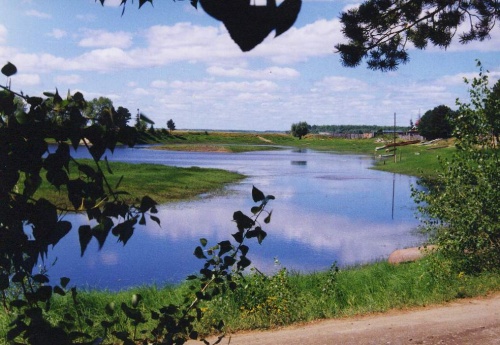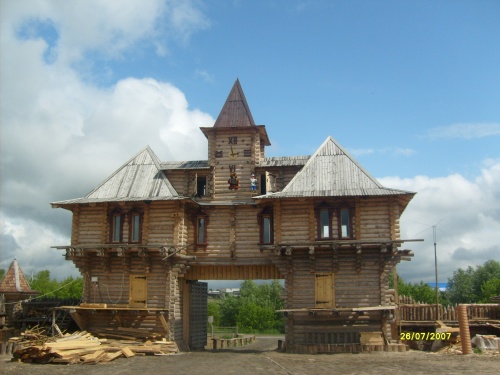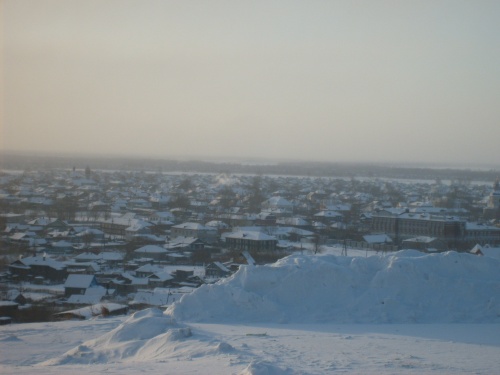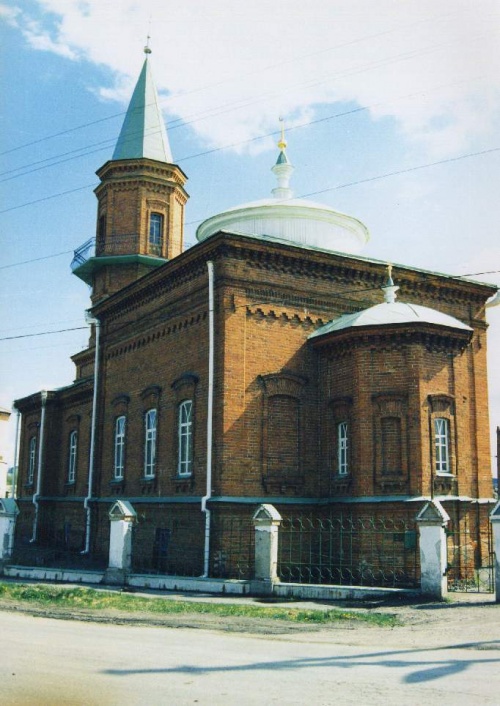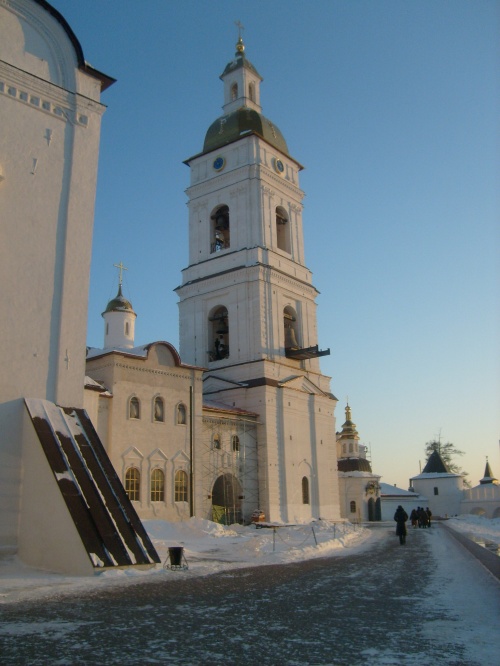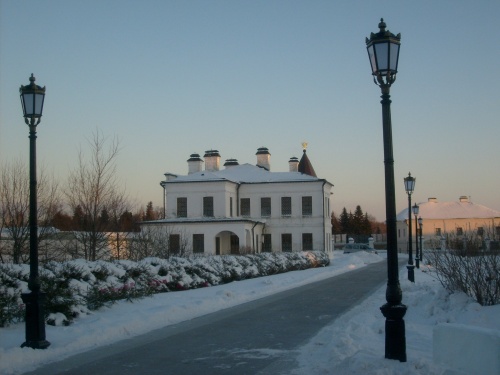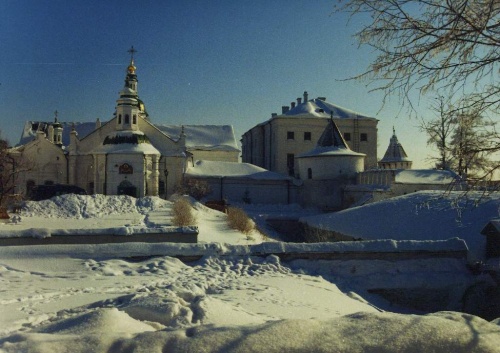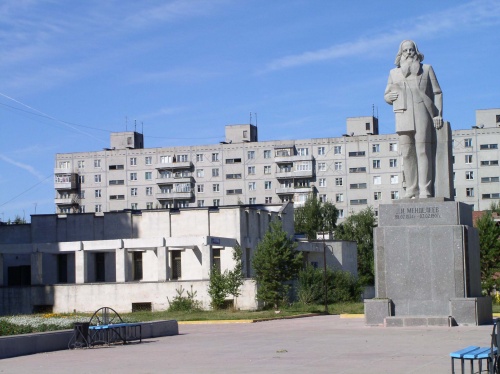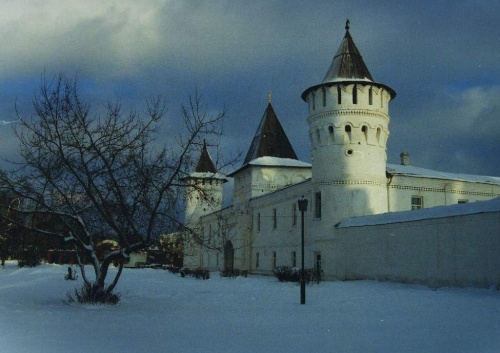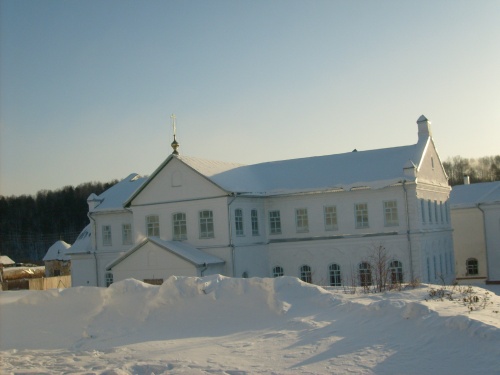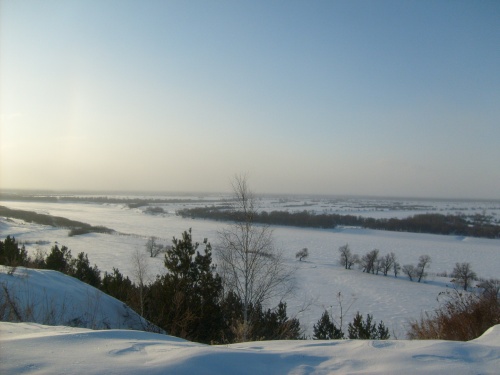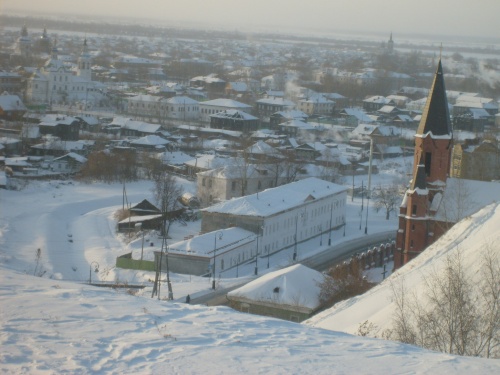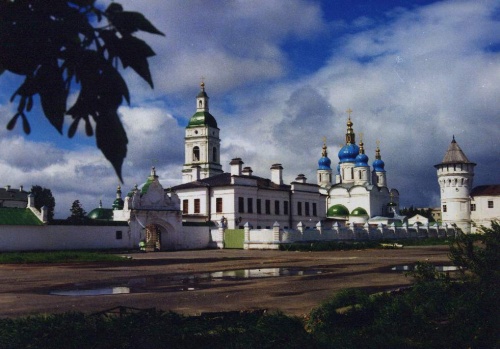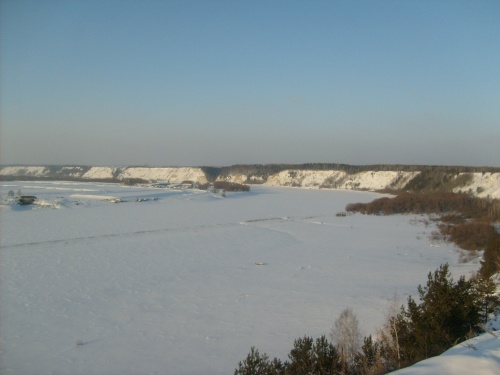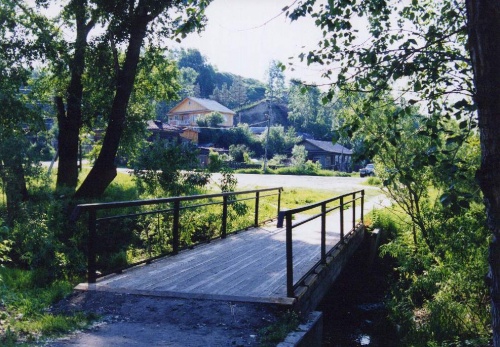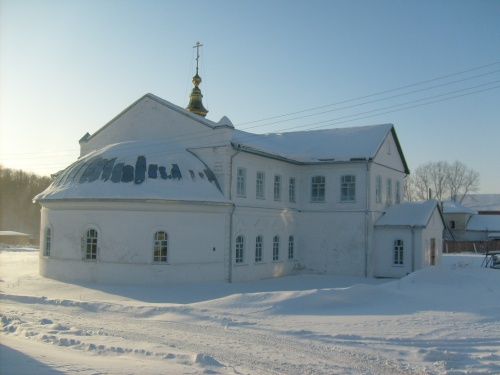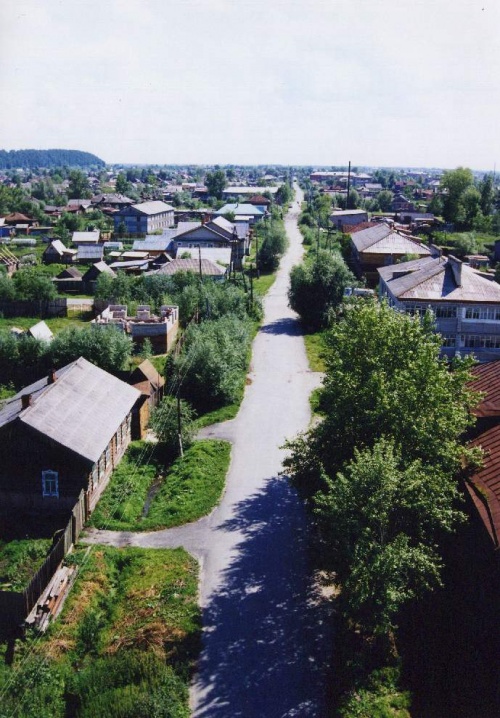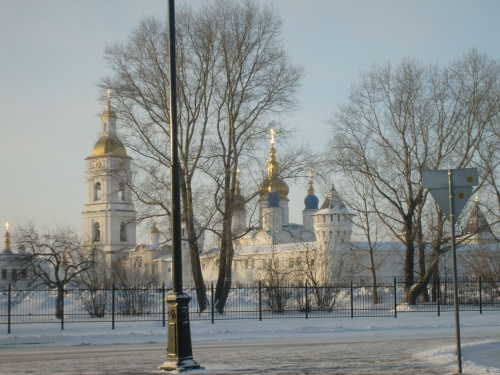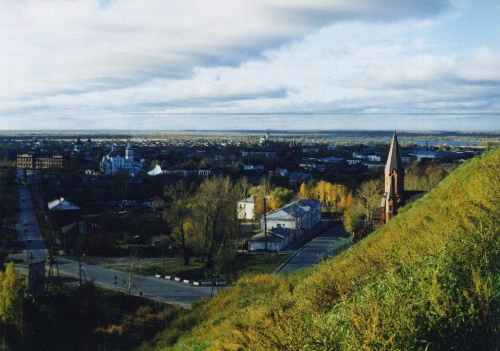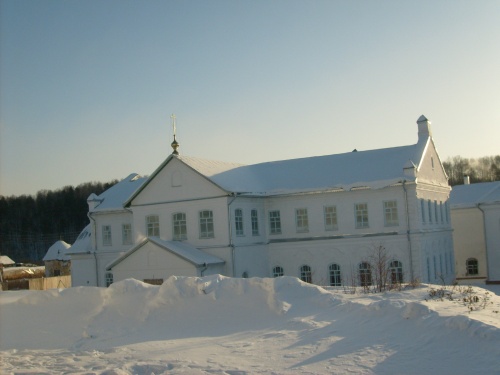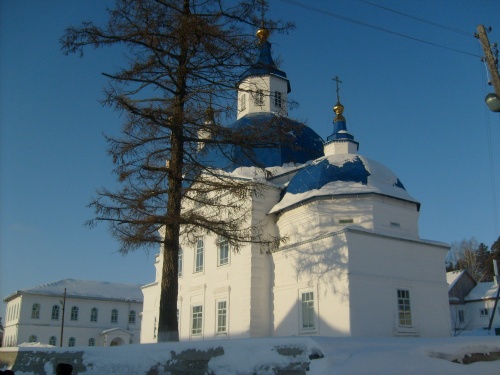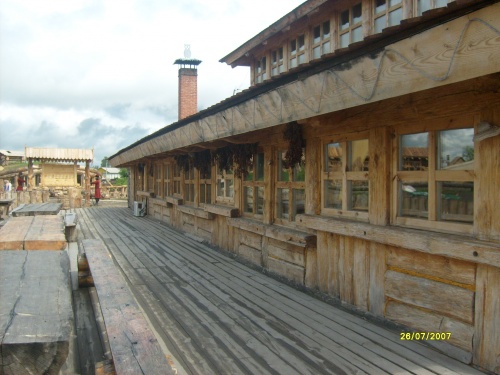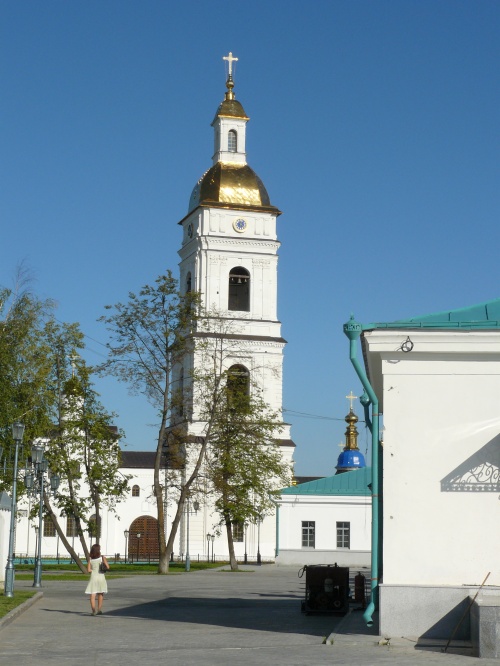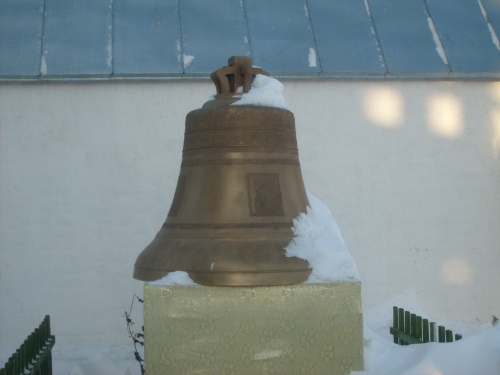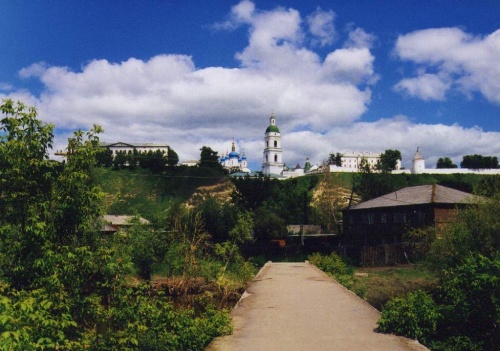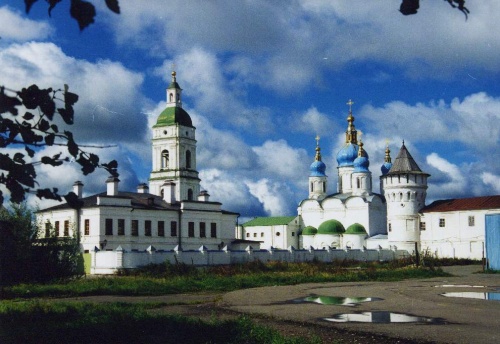Photo excursion - Historical places of Tobolsk (47 photos) (part 2)
Story
Tobolsk was founded in the summer of 1587, 17 km from the Tatar settlement of Siberia (Kashlyk, Isker) (the capital of the Siberian Khanate), lower along the Irtysh and closer to the mouth of the Tobol. According to legend, Tobolsk was founded on the feast of the Holy Trinity not far from the place where Ermak’s soldiers landed during the famous battle on the Chuvash Cape, which decided the issue of annexing the Siberian Khanate to Russia. The first city building was the Trinity Church, and the cape was named Trinity.
Tobolsk became the second (after Tyumen) Russian city in Siberia. Voivode Danila Chulkov is considered its founder. A symbolic act that meant the transfer of power over Siberia from the old khan’s capital to Tobolsk was the capture of the last Siberian king Oraz-Muhammad in Tobolsk by Voivode Chulkov.
Indeed, already from 1590, Tobolsk became a city of rank and the center of Russian colonization of Siberia - the so-called “capital of Siberia”, which was officially consolidated by Peter the Great’s reform of 1708, when Tobolsk was appointed the administrative center of the largest Siberian province in Russia, which included the territory from Vyatka to Russkaya America. Until the 18th century, Tobolsk was sometimes designated on geographical maps as the “city of Siberia.”
The famous “Siberian exile” also began with Tobolsk. The first exile was the Uglich bell, which raised the people to revolt after the mysterious death of Tsarevich Dmitry, the youngest son of Ivan the Terrible and the only legal heir of Tsar Fyodor Ioannovich. The Uglich bell returned from Tobolsk exile only in the 19th century. In 1616, the failed royal wife Maria Khlopova was exiled to Tobolsk.
From the second decade of the 18th century, Tobolsk became a place of residence for prisoners of war of Swedish soldiers and officers. The Swedes took an active part in stone construction and made a significant contribution to the cultural life of the city of that period. In their honor, one of the buildings of the Tobolsk Kremlin - Rentereya - has the second name “Swedish Chamber”.
For subsequent generations of exiles, Tobolsk was already a transit point from which Siberia began for them. The Tobolsk convict prison became notorious, through which Fyodor Dostoevsky, Vladimir Korolenko, Alexander Solzhenitsyn and other famous people passed through at different times.
However, the Tobolsk regiment, whose officers were the well-known Vasily Tatishchev and the “Arap of Peter the Great” Ibrahim Hannibal, brought more glory to the city.
In addition to performing important administrative functions, Tobolsk made its contribution to the development of national culture. Thus, news of the first theatrical performances in the city date back to 1705, when Peter I only intended to restore the theater in the capital. And the building of the Tobolsk Drama Theater, built in 1899 (burnt down in 1990), was even considered an architectural masterpiece as the only wooden theater building in the USSR. In 1743, a theological seminary was opened in Tobolsk. In 1789, one of the first literary magazines in the province and the first in Siberia, “The Irtysh Turning into Ippokrena,” appeared in Tobolsk. And the Tobolsk men's gymnasium, founded in 1810, also became one of the first in Russia.
The fate of many pioneering Siberian cities depended on the relocation of road routes. The gradual decline of Tobolsk is associated with a whole complex of factors, the main one of which is the transfer of the Siberian Highway. The reason for the transfer was a change in the nature of the development of Siberia, a shift in population and economic life to the south, into the forest-steppe.
In the 20th century, the city gained fame as the administrative center of the native province of Grigory Rasputin, the place of exile (from August 13, 1917 to April 13, 1918) of the last Russian Tsar Nicholas II and his family, as well as one of the centers of the largest popular uprising in Russian history against Bolsheviks - a peasant uprising in Siberia of 1921-1922.
Today, the city’s prospects are connected with the Tobolsk Petrochemical Plant, which was once conceived as the largest facility of its kind in the USSR and even in Asia, but has still not reached its designed capacity, as well as with the use of tourism potential. A federal target program for the development of Tobolsk as a tourist center has been adopted. In addition, the city is an important educational center of the Russian Orthodox Church - the seat of the largest Tobolsk Theological Seminary in Siberia.
